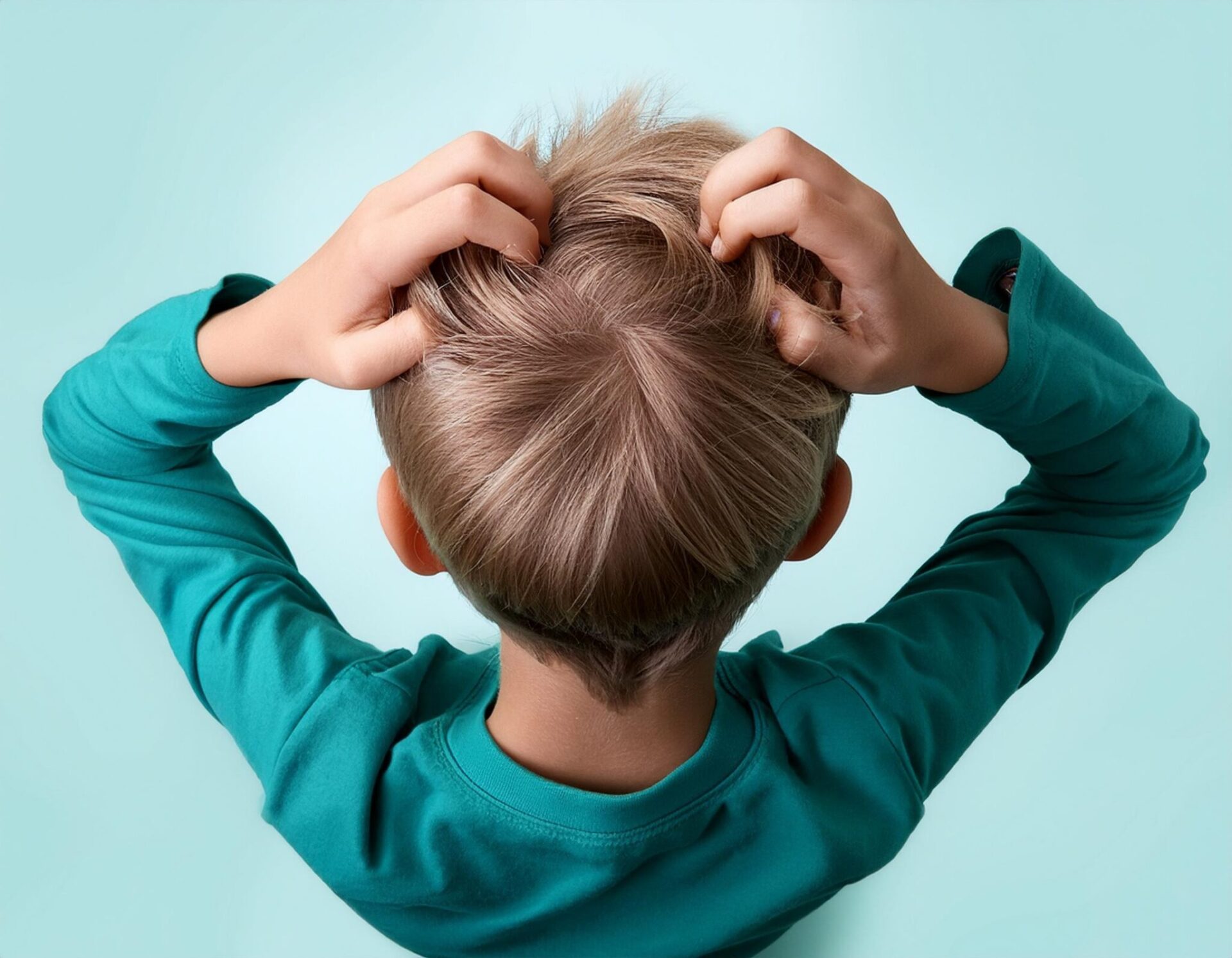Lice
ChatRx uses advanced AI to accurately diagnose lice infestations and prescribe medications when necessary.
Overview
Lice are small, wingless parasitic insects that can infest the hair and scalp, causing significant discomfort and inconvenience. These pests are primarily spread through direct head-to-head contact or the sharing of personal items, such as hats, brushes, or bedding. While lice infestations can be persistent, they can be effectively treated with the right approach.
Head lice can be aggravating and uncomfortable. Use our AI-powered system to assess your symptoms.
AI-Powered Symptom Assessment Preview is Now Live!

What are Lice?
- Small, wingless parasitic insects that infest the hair and scalp
- Primarily spread through direct head-to-head contact or the sharing of personal items
- Can cause significant discomfort and inconvenience
Causes of Lice Infestations
- Direct head-to-head contact with an individual who has lice
- Sharing personal items like hats, brushes, combs, or bedding with an infested person
- Poor hygiene or living conditions that allow lice to thrive and spread
Preventing Lice Infestations
- Avoid direct head-to-head contact with individuals who have lice
- Refrain from sharing personal items like hats, brushes, combs, or bedding
- Maintain good personal hygiene and keep the hair and scalp clean
- Regularly inspect family members for signs of lice and treat any infestations promptly
Do You Have Intense Scalp Itch?
AI-Powered Lice Treatment Preview is Now Live!
Start Your Life Infestation Assessment Now
Symptoms of Lice Infestations
- Intense itching of the scalp, especially behind the ears and at the nape of the neck
- Visible lice or their eggs (nits) in the hair
- Irritation and redness of the scalp
- Potential secondary skin infections from excessive scratching
Treating Lice Infestations
- Over-the-counter or prescription-strength lice-killing shampoos, creams, or lotions
- Combing the hair with a fine-toothed comb to remove lice and nits
- Washing clothing, bedding, and other personal items in hot water to kill any remaining lice
- Repeating treatment after 7-10 days to ensure the complete elimination of the infestation
Self-Care for Lice Infestations
- Avoid scratching the scalp, as this can lead to secondary skin infections
- Wash clothing, bedding, and other personal items in hot water to kill any remaining lice
- Avoid sharing personal items like hats, brushes, or combs with others until the infestation is resolved
Medications for Treating Lice
- Over-the-counter lice-killing shampoos, creams, or lotions containing ingredients like permethrin or pyrethrin
- Prescription-strength medications, such as Spinosad, Malathion or Permethrin, for more persistent or resistant infestations
- It is important to follow the instructions carefully and repeat the treatment as directed to ensure the complete elimination of the lice
Risk Factors for Lice
- Direct head-to-head contact with an individual who has lice
- Sharing personal items like hats, brushes, combs, or bedding with an infested person
- Poor hygiene or living conditions that allow lice to thrive and spread
- Increased susceptibility in children, who are more likely to have close personal interactions
Summary
Lice infestations can be a persistent and frustrating issue, but they can be effectively managed with the right approach. By practicing good hygiene, avoiding the sharing of personal items, and seeking appropriate treatment when necessary, individuals can reduce the risk of contracting and spreading lice.
Frequently Asked Questions
Look for reduced itching and no new lice after 24-48 hours. However, you might still see some movement as dying lice become less active.
Lice prefer darkness and are most active when the host is still, which is why itching often intensifies during evening hours and sleep.
These hairstyles can make it harder to detect and treat lice. Complete treatment might require special attention and techniques for thorough coverage.
Get personalized treatment advice for your hair type through ChatRx’s AI medical platform.
Some lice strains have developed resistance to common treatments. If standard treatments aren’t working, you might need alternative medications.
Following product instructions helps minimize hair damage. Using treatments more often than recommended might irritate the scalp without improving results.
While uncommon, excessive scratching might lead to skin infections that cause fever or swollen lymph nodes.
The scalp might remain irritated for several days after successful treatment. Gentle shampoos and avoiding scratching helps healing.
Adults typically have different social behaviors and produce different scalp oils that might make their hair less appealing to lice.